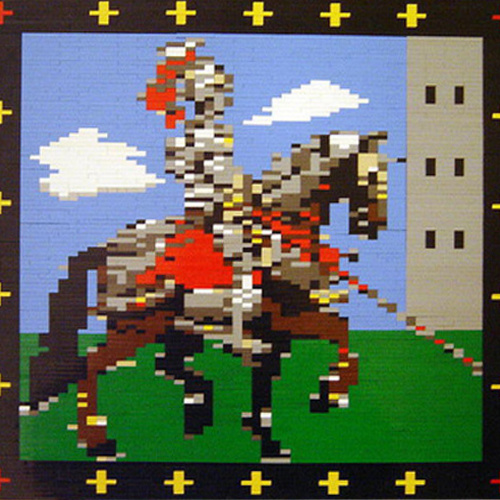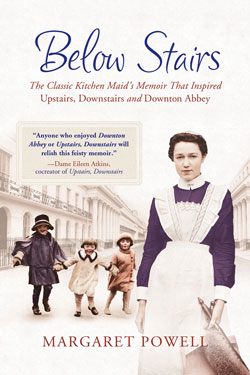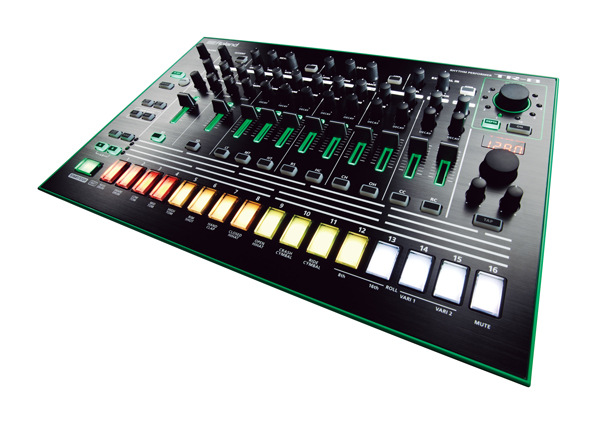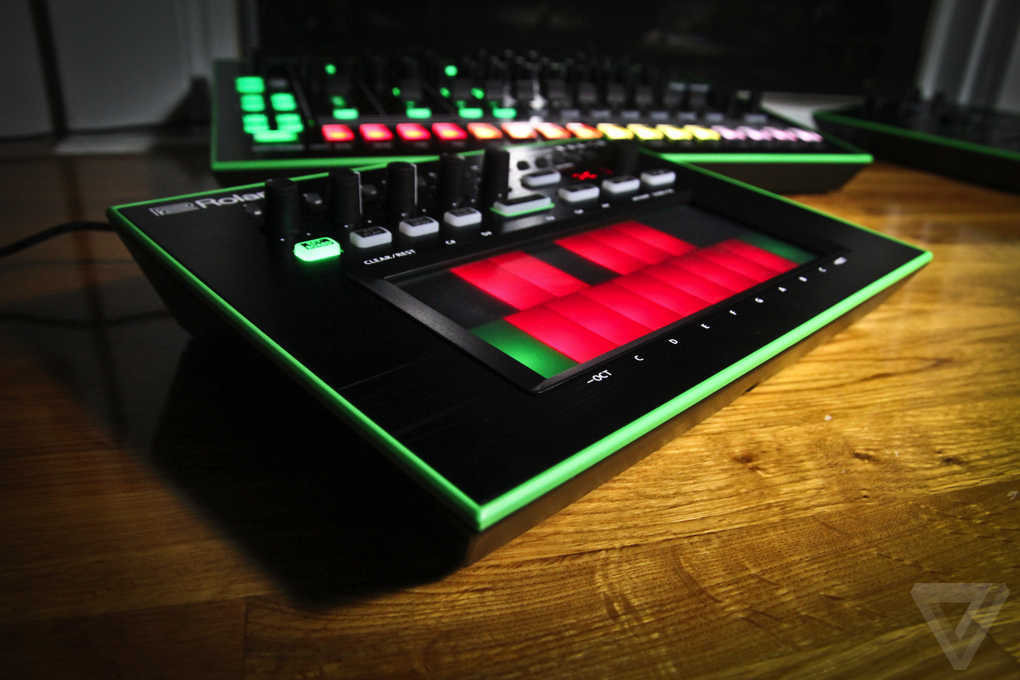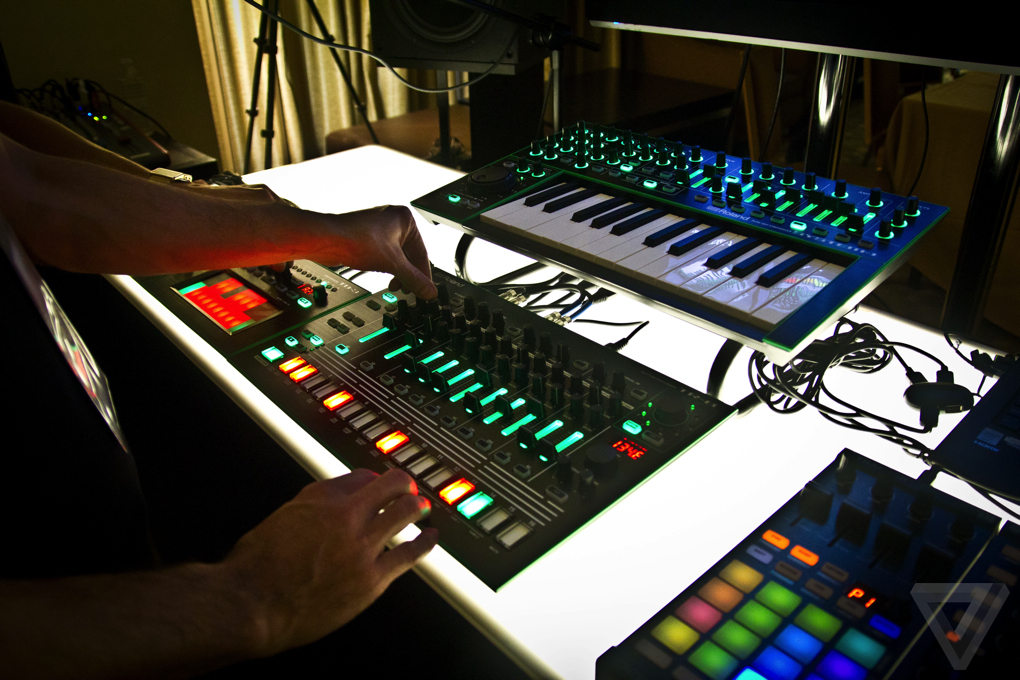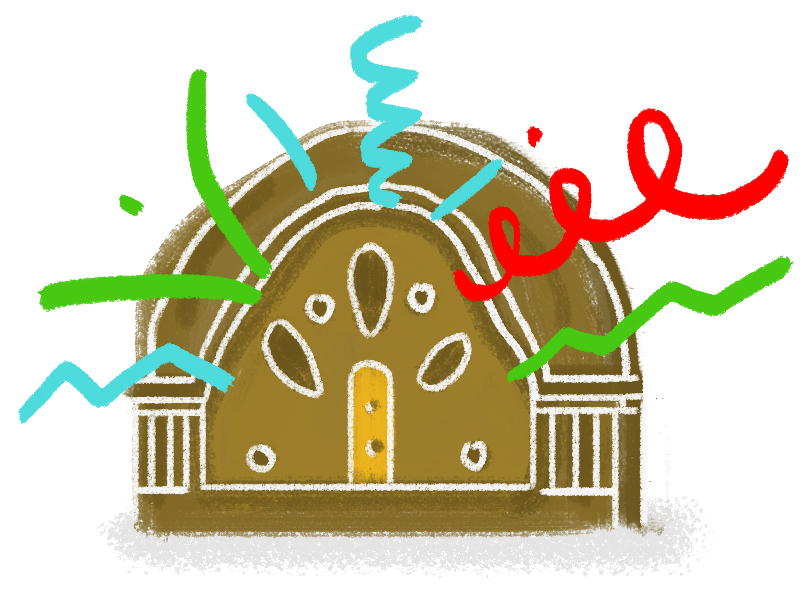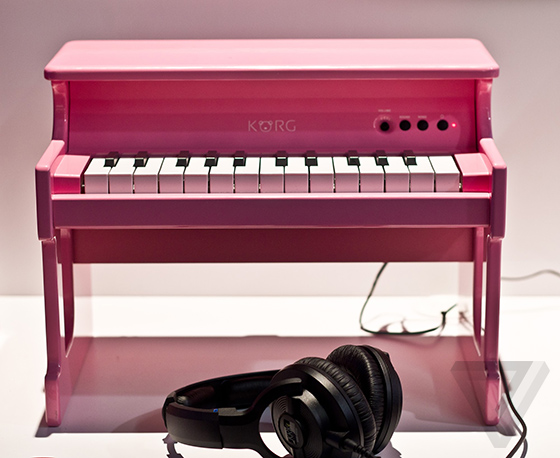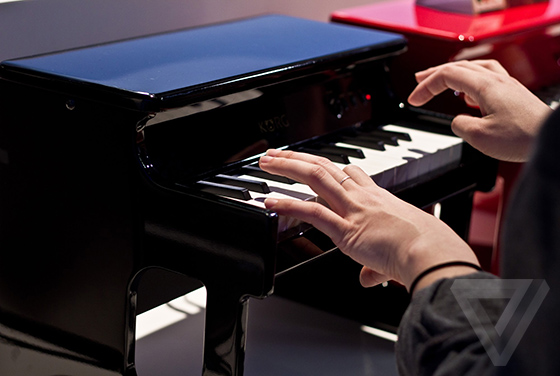
Where did I go wrong?
Although I didn’t ask him directly, this was my real question for Evan Daugherty. The man who wrote Snow White and the Huntsman, Divergent, and the new Teenage Mutant Ninja Turtles film was a year ahead of me all the way from second grade in Dallas through senior year of college in New York City. Although I’m light years less successful than he is, we both ended up in Los Angeles, so I called him to ask if we could retrace the steps he’s made since we parted ways nine years ago — in part to try to dip into whatever pixie dust he subsists on, but mostly to talk about how in the Christ you get a job like putting words into the mouths of the four mutants whose antics shaped the worldview of three generations of pizza-obsessed humans.
This interview has been edited for brevity and contains possible spoilers.
You moved out here directly from New York?
Very shortly after. I went back to Dallas for a little while to finish my short film Rusty Forkblade. It was not the instant success I thought it was going to be. There’s a false narrative that if you make a short film right after senior year, you’ll be plucked out to make a feature length film, and the rest is history. I didn’t do that. I decided, with the few screenplays I’d written at that time, to go out to Los Angeles. That was very challenging. The absolute base-level thing that you do as a new screenwriter is send out query letters. Literally you just say, “Hi, Mr. So-and-So,” and you give them a one-sentence description of one of your scripts. You send it out to a list of people you found on the internet.
Bidding war. Those are the two best words in the English language.
Did you pay for that list?
Indirectly. There used to be this thing called the Hollywood Creative Directory, it’s similar to IMDBPro. Of the 200 I sent out, three people requested a script and none of them did anything with it. So that was the first LA experience. And I was hitting up a lot of St. Mark’s [our Texas alma mater] alums that work in the industry for assistance, just for networking, and that didn’t work. I was doing freelance video editing, a lot of actor reels and other peoples’ short films. I lived in the worst apartment, a place called Sunshine City that used to be a motel.
A far cry from Beachwood Canyon [where Evan currently lives, and where we are eating dinner].
A far cry from Beachwood Canyon. Beachwood is the most bohemian of the canyons, I think… although Laurel, they say, is pretty bohemian. Anyway, I wrote Snow White [And The Huntsman] when I was a sophomore in college. I gave it to a big manager and was hip-pocketed right out of college by the same guy who reps [Matrix creators] the Wachowskis.
So that means he just kept your script handy in case any random opportunity came up where it could be used?
Yeah. But after six months it became clear that that wasn’t a real thing. He was like, “I like the script, I like the writing — but I don’t get it, is this a fairy tale? Is it action / adventure?” After six months it died out and my short film wasn’t taking off either. So I decided, with a heavy heart, to move back to Dallas. I just decided for a three-week period before a grant deadline to write a script called called Shrapnel [which later became the DeNiro / Travolta thriller Killing Season. It did not win that grant. But I was just like, “This is pretty good, can I do something with this?” So I submitted it to some screenplay competitions and it won one of those, and that got me a manager, an agent, and within three months of winning that, I had my first job, which was doing a draft of the Masters of the Universe movie He-Man at Warner Brothers. That was based entirely on the merits of Shrapnel, and my pitch. You know, to do any job in Hollywood you come in and you do like a 15-minute pitch.
So basically, a board meeting at Warner Brothers.
Yup. At later meetings on He-Man, there would be like ten people: me and the director, a couple producers from Silver Pictures, a couple Warner Brother studio executives, and then like four or five Mattel toy executives. I remember I got in trouble at one of those — they chastised me for putting She-Ra in. It’s the same franchise but it’s a different set of rights, so you had to option She-Ra separately. I remember the Mattel executive saying, “We feel like we made it clear that you can’t put She-Ra in this.” Sucks. Anyway. It didn’t go anywhere. Most scripts that get written in Hollywood don’t go anywhere. There was another dead spot of nine months where I just didn’t get any more jobs, until I dusted Snow White And The Huntsman off. I don’t wanna say I’d forgotten about it, but I saw that that Disney’s [2010] Alice In Wonderland had made literally a billion dollars at the box office and was like, “I have something kind of like that.” As soon as [that] happened, everybody wanted it. We hooked it up with the same producers as Alice in Wonderland. You create a package in Hollywood — we attached the producers, and they attached a hot commercial director named Rupert Sanders to direct it.
What, exactly, was that group that formed the package?
There’s no legal binding element to it whatsoever. I know this is a big cliché, but it is literally synergy. A script is only worth so much, and a director… It was just me, the script, the producers, and the director. So you send it around to the studios, the producer and the director go out and pitch their vision of the script, the studios all read it, and you say, “Hey, by Friday we need a bid.” What you hope is that there will be multiple bids, and they’ll bid off of each other, which is what happened. It was a competitive situation.
I believe they call that…
Yes, it’s a bidding war. Those are the two best words in the English language. So that movie got made, and it kicked my career into another level — I got a job writing Divergent. After Divergent, I got a job rewriting a sci-fi script at Paramount. I think they really liked what I did, so I got a call saying, “We’re about to shoot Ninja Turtles in three or four months, do you wanna come in and do a little work on the script?” That was the beginning of a many-month Ninja Turtle odyssey.
Now when you say “do a little work on the script” what does that actually mean?
Well, there’s multiple writers on the movie. So the guys in front of me are big writers. They had worked on it for a couple of years at that point, and had done a very good job. I’m not sure what specifically prompted the rewrite exactly other than Paramount just had some specific directions they wanted to go with the material. So the final product is very much a combination of their stuff and my stuff.
But there’s a metric that states how much you contributed and how much they contributed, right? That’s public knowledge.
It might be public knowledge. I’m pretty sure the split is 50 / 50.
So were you coming in to build off of scenes they had written, or what?
Well, I wasn’t writing from scratch. I was working with a lot of stuff they had, further shaping and honing things. Megan Fox was cast shortly thereafter so one of the things I did was work with her to shape the April O’Neil character a little bit.
Is that like, sitting in a room with her saying, how does this feel to you?
Yeah. Making sure she felt good about the way April O’Neil was portrayed on the page.
So when is the script set in stone? Does it evolve as the movie is being shot?
We certainly had a really good script two or three weeks before production started. Did a table read, everyone felt good about it. Because of all kinds of things, they have writers on set. What if we have to shoot this scene instead of this scene, what if this actor is suddenly unavailable, stuff like that. Being a fan, I had a duty to make sure that it really felt like a Ninja Turtles movie. I have a pretty strong opinion on what a Ninja Turtles movie is: April O’Neil as an intrepid reporter who stumbles upon a story, starts following that story and uncovering clues, realizes that there are four ninja turtles living underground who are teenagers and crazy and wisecracking and really love pizza and they’re trained by a master ninja that’s a rat and that she kind of comes into that world and becomes part of their family and together they work to fight evil in the city as personified by Shredder. That’s, to me, what a Ninja Turtles movie is, but it’s not quite what the previous incarnations of it were with Paramount’s scripts.
Were there any specific films you were thinking of when you were writing the script?
We actually did talk a little bit about the dynamic of the team in Saving Private Ryan. All these guys who just survived the D-Day invasion are going to save Private Ryan. Like, why are we doing that? There’s other things we could be doing. Tom Hanks is the one who’s devoted to the cause, and Ed Burns is the guy that’s not happy about it. There’s a little bit of that element in the sense that Splinter, as he does in a lot of incarnations of the Ninja Turtles movies, he kind of tells the turtles what they need to do — in this case, save April O’Neil. Leonardo is like, “Yeah, we’re gonna do that because Splinter says so,” and Raphael, being Raphael, is more like the Ed Burns. He’s constantly questioning Splinter and Leonardo at every turn.
For a giant city-destruction scene that Michael Bay [the film’s producer] is so well-known for, how much of the on-screen action are you responsible for writing?
Action writing is tricky because you have to balance having detail while at the same time understanding that you can’t be obsessively detailed. The other thing to keep in mind is the fluid process that happens with the screenwriter and the guys that are doing “pre-viz,” which is taking what the writer has written in combination with the director’s idea. They go in and model kind of a crude environment, pre-animating the action sequence. Within that action sequence there’s a lot of flexibility of what Leo’s doing, what Mikey’s doing, Donny, Raph… you wanna focus on the big storytelling beats of it. So you definitely don’t wanna describe hand-to-hand combat in any great deal, unless it’s a critical moment in combat, like when someone’s knocked to the ground.
The most important thing is the character’s perspective. If a character’s being kicked while he’s down, you wanna track his desperation, but also his digging deep and fighting his way back to his feet. For bigger action, you gotta say “the spire starts to fall, first falls halfway and starts to form a bridge between two buildings, and the turtles are hanging from the middle of it. April has a chance to either help Shredder or let him fall.” You definitely don’t wanna get too granular with the action. It’s always a challenge — when I was starting out, because I’m a nerd, I would describe action sequences in detail, like down to the punch. One of the biggest challenges of writing a movie is juggling it being a big Michael Bay type of movie, but also never taking yourself too seriously because it’s four ninja turtles at the heart of it and everything is kind of funny to them. Even when it looks like New York can be destroyed, you wanna have Mikey be able to come in and make a quip. You could argue there’s a bit of a problem in some Hollywood movies — taking things too seriously. Like, the Batman reboot for instance. I love the [Christopher] Nolan stuff, The Dark Knight, but you don’t wanna do that to the turtles.
Was there any crazy research or background prep you had to do for this movie?
I rewatched all the Ninja Turtles movies again, for sure. And some more iconic animated episodes. Have you ever seen Shredder’s Mother?
No.
I think it was ’89 or something, I’d recommend everyone go see Shredder’s Mother. I can’t remember if she wants him to be a good guy, or if he’s not being bad enough, but she’s in a nursing home bossing Shredder around. Anyway, a lot of the fun of the movie was being in New York. So leading up to the production, you get to go to the actual set — like when they shut down the Bowling Green subway station in Lower Manhattan, I was able to get in there and tweak the scene a little bit based on the geography of the location. This was the first one that’s properly shot in New York, which is an admirable thing.
Did you end up talking to [creators] Eastman and Laird as you were working on the script?
It’s interesting — Eastman is much more involved in Ninja Turtles stuff than Laird is. Laird has just kind of checked out, and unfortunately he usually has kind of not nice stuff to say about what comes out… I don’t know why that is, but Eastman is really cool. I would talk to him on the phone about story ideas. We needed a human sidekick for April O’Neil, and that actually came from a conversation with Eastman. “Given your obviously encyclopedic knowledge of Ninja Turtles, what human character — because we wanna respect the mythology — would work?” He’s actually the one who suggested Vernon Fenwick, who Will Arnett plays. He’s kind of a wisecracking cameraman. It was crazy to write for Will Arnett. You can credit Eastman for having that idea. I just met him for the first time on Monday at a screening — he really liked it. I dunno about Laird.
Have you heard the Wiz Khalifa song [“Shell Shocked,” featuring Juicy J and Ty Dolla $ign, a sort of updated version of Vanilla Ice’s iconic “Ninja Rap“] yet?
I have. I thought it was cool! I know they wanted to plant a flag and do a “legit” hip-hop track. I don’t proclaim to be a big expert. I’ve never talked to Wiz Khalifa, but I bet he was so excited to do this. I’m sure a young Wiz — is that his real name?
I don’t think so.
It’s probably short for Wizard. Anyway, you can tell, if you listen to the lyrics, they’re steeped in turtle soup.
I mean it’s cool for me conceptually, because these guys are usually talking about weed, guns, money, and women. And here we are, two kind-of-grown-ass men, talking about ninja turtles.
It’s crazy. I know Eastman and Laird basically set out to create the most ridiculous characters ever, and maybe something about the charm and incongruity of giant turtles who are ninjas struck a chord. People have tried to rip it off, but they can’t. I think it’s gonna be around for a while.
]]>




























